Operations
At World Link Manufacturing, we provide a complete range of operations to meet your production needs. From cutting and bending to welding, machining, finishing, and assembly, our comprehensive services ensure every step of the process is handled with precision and expertise.
Capabilities
Wide range of metal works tailored for your individual needs
Automates the welding procedure to achieve consistent and repeatable outcomes, making it perfect for high-volume production.
Facilitates hand welding to ensure consistent and repeatable outcomes, suitable for high-volume production.

Workpiece length:
up to 40ft

Materials:
Carbon Steel, aluminum, stainless steel
MIG: Utilizes a continuous wire feed for fast and efficient welding.

Workpiece length:
up 787 inches

Materials:
Carbon Steel, aluminum, stainless steel
A resistance welding technique that joins metal surfaces by applying heat and pressure at specific points.

Thickness:
0.472 inches

Materials:
Carbon Steel, aluminum, stainless steel
In sheet metal production, metal forming is crucial for crafting precise and durable high-quality parts and components.

Maximum material thickness:
up to 3/4 inch
Forms metal sheets into specific angles, essential for diverse structural uses.

Maximum Sheet Thickness:
up to 1 inch
Utilizes dies to shape and cut metal into detailed designs, allowing for large-scale production of complex parts.

Maximum Sheet Thickness:
up to 5/8 inch

Tolerance:
± 0.05 mm
Uses rollers to shape metal sheets into curves or cylindrical forms, ideal for producing large and precise components.

Maximum Sheet Width:
up to 1 inch
Shapes pipes and tubes into specific angles and curves, ensuring accuracy and structural integrity for various applications.

Maximum Pipe Diameter:
up to 2.6 inches

Tolerance:
± 0.1 mm
Uses a sharp laser to cut through metal sheets quickly and with precision, great for complex designs.

Maximum material thickness:
up to 1 inch

Tolerance:
± 0,039 inches
Uses a powerful jet of plasma to cut through thicker metal effectively and precisely, ideal for complex shapes.

Maximum material thickness:
up to 3 inches

Tolerance:
± 0,196 inches
Uses a high-pressure stream of water to cut through materials smoothly and accurately, perfect for any thickness.

Maximum material thickness:
up to 4 inches

Tolerance:
± 0,078 inches
Uses computer-guided punches to precisely cut shapes and designs into metal, ideal for detailed and repetitive cuts.

Maximum Sheet Thickness:
up to 1/4 inches

Hole Diameter:
0.0197 inches

Tolerance:
± 0,039 inches
Cuts tubes and pipes to required lengths and designs, important for fields such as manufacturing and plumbing.

Maximum Tube Diameter:
up to approximately 6 inches

Tolerance:
± ±0.0079 inches
Involves the use of cylindrical cutting tools that rotate to progressively remove material from a solid workpiece, shaping it into detailed designs and precise dimensions.
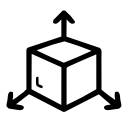
Maximum Workpiece Size:
118.11 x 118.11 x 98.43 inches

Tolerance:
± ±0.0079 inches
A machining process where a cutting tool moves along a spinning workpiece, removing material to shape it into cylindrical forms.

Maximum Diameter:
27.56 inches

Length:
118.11 inches

Tolerance:
± 0.000787 inches
Process of creating holes in a workpiece using a rotating drill bit, allowing for precise penetration and sizing.

Maximum Hole Depth:
up to 12 inches

Hole Diameter:
from 0.03937 — 3.937 inches

Tolerance:
± 0.001969 inches
An abrasive wheel to smooth or finish a workpiece, achieving a high level of precision and surface quality.

Maximum Workpiece Size:
40.00 x 20.00 inches

Tolerance:
± 0,0019 inches
Types: Powder Coating, Wet Paint, Any custom color can be matched.



Corrosion Resistance: Up to 25 years.
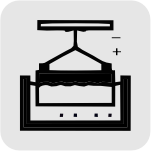

Surface Finish: Bright or Matte.
Extra sealing option
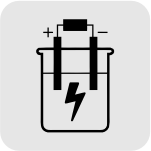
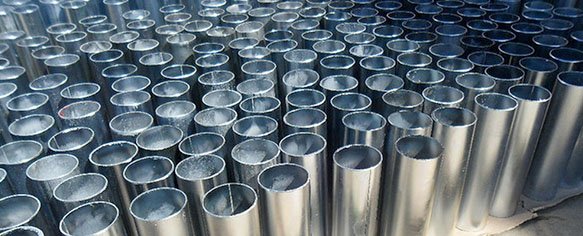
Conveyor for big items, box blasting for small items, Surface Preparation Grade.

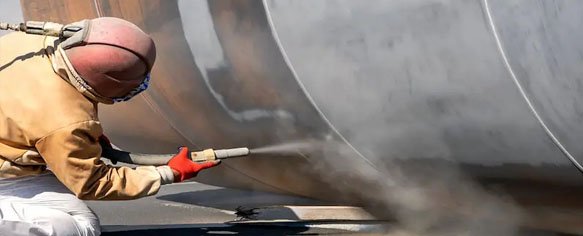
Custom Labels and Stickers : involve designing and producing personalized adhesive materials that can be applied to products, providing branding, instructions, or decorative elements tailored to specific needs.


Individual Packing involves packaging each product separately to ensure protection, maintain quality, and provide a professional presentation for storage, shipping, or retail display.

Mechanical Assembly involves joining mechanical components, such as fasteners, gears, or brackets, to create functional systems or products while ensuring precision and durability.

Electrical Assembly involves connecting electrical components, such as wires, circuits, and connectors, to build functional electrical systems or devices while ensuring safety and reliability.

